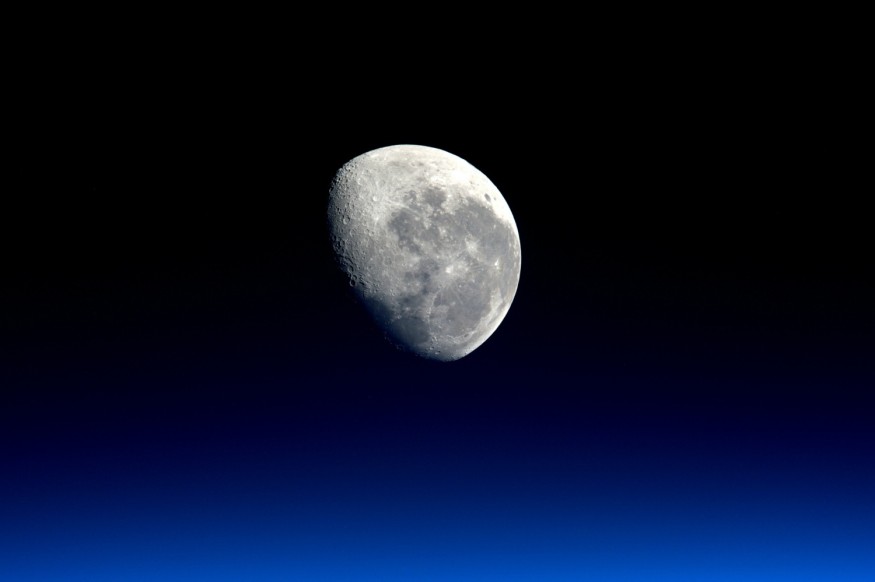A recent study, titled "Remote Detection of a Lunar Granitic Batholith at Compton-Belkovich" published in the journal Nature, reports an unexpected finding of a huge granite formation with radioactive properties beneath the surface of the Moon's far side. This discovery holds the potential to provide valuable insights into the extensive history of our Moon.

A Not-So-Unexpected Discovery of Granite on the Moon's Far Side
Scientists have made an intriguing discovery of a large granite formation beneath the surface of the Moon's far side, specifically under a volcanic feature known as Compton-Belkovich. According to Space.com, this volcanic feature is believed to have formed from cooling magma that fueled lunar volcanic eruptions approximately 3.5 billion years ago.
While the presence of volcanic remnants in this region is not unexpected, the size of the cooled magma patch-estimated to be about 31 miles (50 kilometers) wide-has surprised the research team. Identifying this extensive granite body beneath the Compton-Belkovich volcanic complex holds the potential to enhance understanding of how the lunar crust evolved during its early history.
The discovery of the granite formation was made by a group of scientists led by Matthew Siegler from the Planetary Science Institute. They utilized data collected by NASA's Lunar Reconnaissance Orbiter to measure temperatures beneath the surface of Compton-Belkovich.
The data revealed the presence of heat generated by radioactive elements unique to the moon, which exist as granite formations-an igneous rock found in the subsurface of volcanoes, known as batholiths.
Siegler explained in a news release that on Earth, large granite bodies are responsible for fueling extensive volcanic chains, such as the Cascade volcanoes in the Pacific Northwest. Batholiths, which are much larger than the volcanoes they supply, serve as evidence of past volcanic activity.
For instance, the Sierra Nevada mountains in the western United States are a batholith formed from a previous volcanic chain. The discovery of this significant granite body on the Moon offers valuable insights into its volcanic past and the geological processes that shaped its crust. The findings highlight the complex history of lunar volcanism and the importance of further exploring the Moon's far side to unravel its mysteries.
READ ALSO : Japan's Equuleus Lunar Probe Captures Far Side of the Moon After Successful Launch [LOOK]
Determining the Chemical Makeup of the Radioactive Lunar Deposit
The scarcity of granite formations on the moon due to the absence of water and plate tectonics suggests that the discovery of granite beneath the lunar surface offers valuable insights into the conditions present during past volcanic activity on the moon.
The discovery of the granite on the Moon's far side is raising questions about the presence of water and extreme conditions that could have led to its formation in the absence of water and plate tectonics, as per Futurism.
By using microwave frequencies to analyze the deposit's geothermal activity, researchers determined that it contained radioactive elements unique to granite. The finding challenges previous assumptions about the scarcity of granite on the Moon and suggests the existence of an Earth-like, evolved granitic system on the lunar surface.
However, the discovery raises new inquiries regarding the conditions that allowed for the formation of granite in this particular area of the Moon, including the potential presence of water or exceptionally high temperatures.
RELATED ARTICLE: Colossal Ancient Impact on the Moon's South Pole May Explain Differences Between Lunar's Near and Far Side
Check out more news and information on Moon in Science Times.
© 2025 ScienceTimes.com All rights reserved. Do not reproduce without permission. The window to the world of Science Times.












